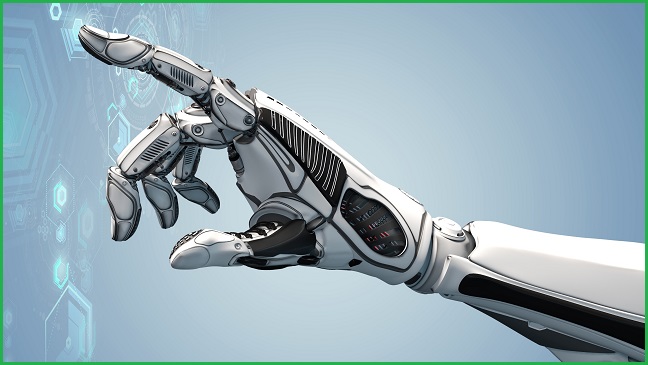The Australian Federal Court has ruled that artificial intelligence (AI) systems can be inventors of patentable inventions in a landmark case.
Justice Jonathon Beach handed down his ruling on Friday, saying an inventor could legally be an AI system, but that such a system “could not be the owner, controller or patentee” of a patentable invention.
He said classifying an AI as an inventor was consistent with the legislation’s aim to promote “technological innovation … by rewarding it, irrespective of whether the innovation is made by a human or not”.
Dr Stephen Thaler brought the case against the Australian Patent Commissioner after trying to patent an invention made by his ‘device for the autonomous boot-strapping of unified sentience’, or DABUS.
DABUS is a machine learning system that Justice Beach recognises can “generate novel patterns of information” which is “capable of adapting to new scenarios without additional human input” run on self-assembling software.
Dr Thaler has named DABUS as inventor on two patent applications around the world for a fractal-shaped container and a unique signal that attracts attention among competing sources.
Only South Africa has granted the application so far.
Richard Hamer, lead partner of law firm Allens, which represented Dr Thaler, said the Federal Court ruling was significant by being the first judicial recognition of the AI patent claim.
“This is the first time a judge anywhere in the world has ruled that inventions made by artificial intelligence can be patented,” he said.
“The Patents Act aims to encourage innovation whether by human or robot. This decision will encourage the use of AI to make inventions.”
Justice Beach’s ruling last week paves the way for a DABUS-created patent to be granted in Australia, pending appeals from the Patent Commissioner, but is far from giving AI systems rights.
While Justice Beach had a thorough examination of artificial intelligence in decision making processes, a key element of the case was a lack of clarity in Australia’s patent legislation which does not specify that an inventor has to be a person.
“An inventor as recognised under the [Patents Act] can be an artificial intelligence system or device,” he said.
“But such a non-human inventor can neither be an applicant for a patent nor a grantee of a patent.”
Professor Natalie Stoianoff, Director of the Intellectual Property Program at the University of Technology Sydney (UTS), described the case as “groundbreaking”.
“It really is a true case of statutory analysis and interpretation, but it’s also taken us beyond what we’re used to as an understanding under patent law,” Professor Stoianoff told Information Age.
“You could argue we’ve been using AI for quite some time and not even questioning these ideas around who the inventor really is.
“An AI could be sold in multiple platforms with many different people and I think there remain more questions to be answered.”
Professor Stoianoff noted that AI systems may be sold to different users for different inventive purposes – such as for biotechnology and pharmaceuticals, as pointed out in the Federal Court ruling.
In that case, who is the owner of an invention? The AI, the person controlling the AI, or the person who developed the AI?
She thinks the case points to a need for clearer legislation around patents which will likely err on the side of seeing AI as a tool, not a sentient being.
“While we have AI machines assisting us to achieve goals, we’re probably going to have to recognise them as being the tool of the human being controlling it,” Professor Stoianoff told Information Age.
“You can’t have a situation where a patent is owned by a machine; and you also can’t have a situation where people are investing money into machines and processes and are finding that, because a machine did the theoretical invention, no one owns the patent.”










